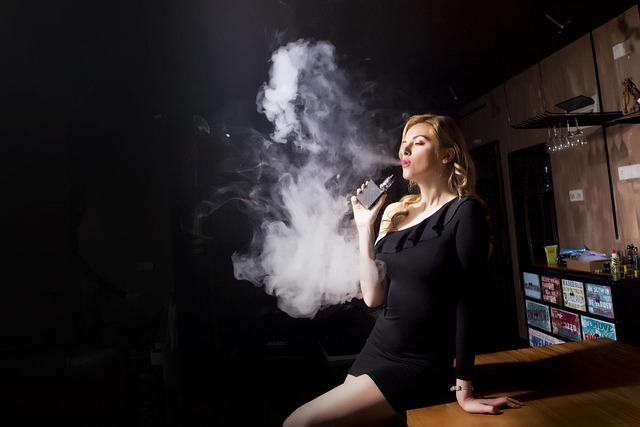08 Sep Gangnam Tourism: Shopping Streets, Culture Stops, and Easy Transit
Travelers arrive in Gangnam expecting fashion and nightlife, yet they find more than retail and clubs. The district pairs large-scale 강남 미러룸 shopping with temples, green spaces, and accessible transport that simplifies planning. What serves visitors best is not one marquee stop, but the way multiple sites connect through short transfers and walkable links.
A Commercial Hub That Doubles as a Leisure Base
Business towers and department stores anchor many main roads, and their lower floors host food halls, cafes, and casual dining that welcome families as well as office workers. Travelers can step from a morning meeting into a bookstore, a public library within a mall, or an aquarium that keeps children engaged for hours. This compact mix saves time and reduces the need for long cross-city trips.
A Temple and a Library in the Middle of the Action
Within a few blocks of major crossings stand quiet courtyards and long roofs that belong to a Buddhist temple. The site offers calm paths, stone lanterns, and halls open to respectful visitors. Just across wide roads, a mall atrium frames a tall open library that draws cameras and readers alike. The contrast between hushed wood and a modern retail hall tells a story about Seoul’s layers: old forms and new spaces built face to face.
Fashion Streets and Tree-Lined Avenues
Apgujeong and nearby Sinsa offer streets that reward slow walking. Flagship shops show seasonal lines, while side alleys hide smaller labels and studios. Cafes with broad windows encourage people-watching, and dessert shops keep families happy after long shopping rounds. Why do these streets work so well for visitors with limited time? Stores cluster by category, which reduces backtracking and keeps focus on fit and feel rather than travel logistics.
Healthcare, Beauty, and Wellness Visits
Gangnam also serves guests who travel for skincare and wellness services. Clinics post clear intake steps, translators are widely available, and recovery cafes sit nearby with simple menus. Visitors should schedule assessments in advance and plan for rest time between appointments. These trips often pair well with gentle walks in parks or quiet museum visits.
Parks, Royal Tombs, and Short Breaks from Traffic
Green pockets cut through the urban fabric. A major highlight is a set of royal tombs from the Joseon Dynasty within a protected grove. The site belongs to a World Heritage listing, and it offers clear walking paths under tall trees. Families can complete a loop in under an hour and return to shops without a long ride. These breaks help balance sensory load after a morning in busy stores.
Transit Access That Simplifies the Day
Multiple subway lines intersect through Gangnam, and signs in stations use clear color coding and Romanized names to guide non-Korean readers. Short transfers connect to river parks and to other districts known for palaces and museums. Why is this helpful? It lets travelers base themselves in one hotel, keep bags in the room, and build day trips without complex planning.
Food for Every Schedule
From traditional stews to fusion plates, menus accommodate long days. Food courts under department stores make quick lunches easy, while alley restaurants offer one-pot meals late into the evening. Coffee shops open early and keep working hours late, giving solo travelers a safe place to plan the next step.
Language and Courtesy
Service staff across major malls and attractions often understand basic English, Japanese, or Mandarin. Clear signage supports those who prefer to move without translation. Visitors can help by speaking slowly, pointing to menu photos when needed, and learning a few greetings. Courtesy tends to be returned in kind, and it smooths small moments that might otherwise produce stress.
Seasonal Timing
Spring brings mild air and cherry blossoms along streams. Summer heats up but rewards with river breezes and late sunsets. Fall offers crisp skies and clear views from rooftops. Winter provides bright days for museum visits and cozy evenings in restaurants. Which season is best? The right answer depends on your plans, but the district provides indoor and outdoor choices year-round, so any month can work with a flexible itinerary.
A Practical Base for a Wider Seoul Trip
Gangnam’s value to travelers rests on efficiency. It places retail, culture, parks, and food within short walking ranges and under one transport grid. That economy of motion leaves more energy for real experiences and fewer hours spent in transit. The memory that lasts is not a single photo. It is the sense that the day answered every need without rush.


